The 10 Toughest Climbs In Cycling
We’re already looking ahead to the time when we can go abroad with our bikes and tackle some of the world’s highest, longest and steepest paved roads. Here are the toughest climbs on the planet.
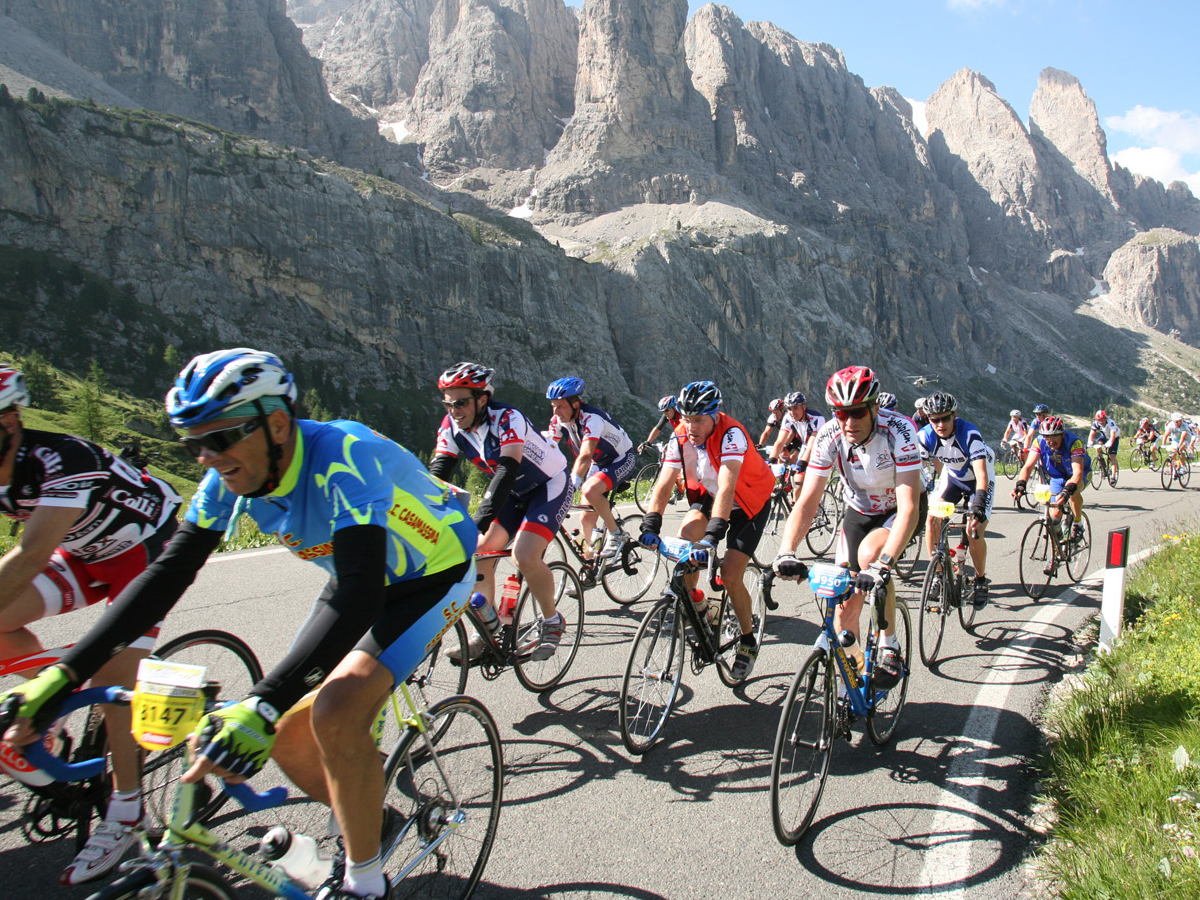
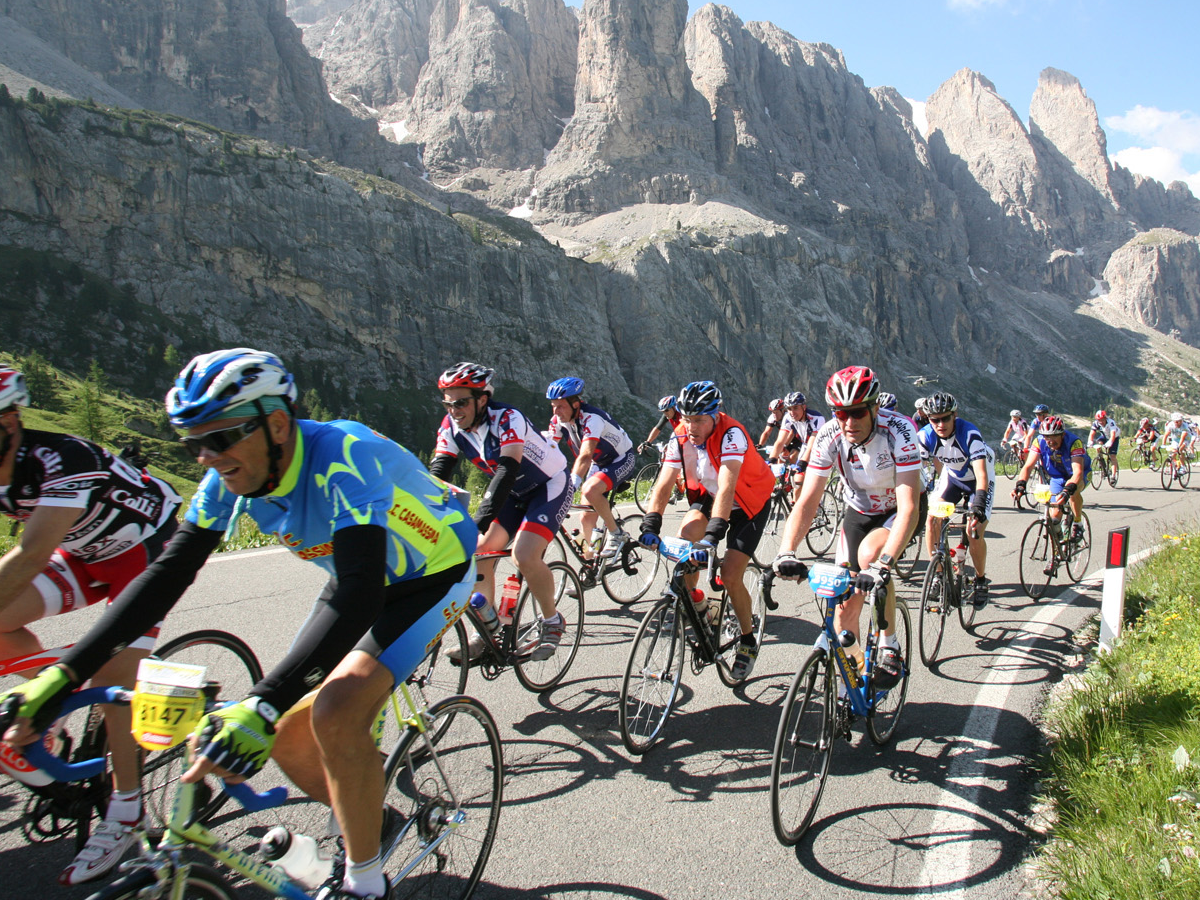
Here at Pedalsure, we’re already looking ahead to the time when we can go abroad with our bikes and tackle some of the world’s highest, longest and steepest paved roads. Having already brought you 9 Bucket List Climbs Every Cyclist Needs to Ride, we now turn our attention towards the toughest climbs on the planet. You will need to be on your best form to conquer these beasts.
You may also be interested in:
- 5 Hardest Climbs In The UK
- 9 Bucket List Climbs Every Cyclist Needs To Ride
- The UK's Hardest Cycling Climbs By Region
Mont Ventoux
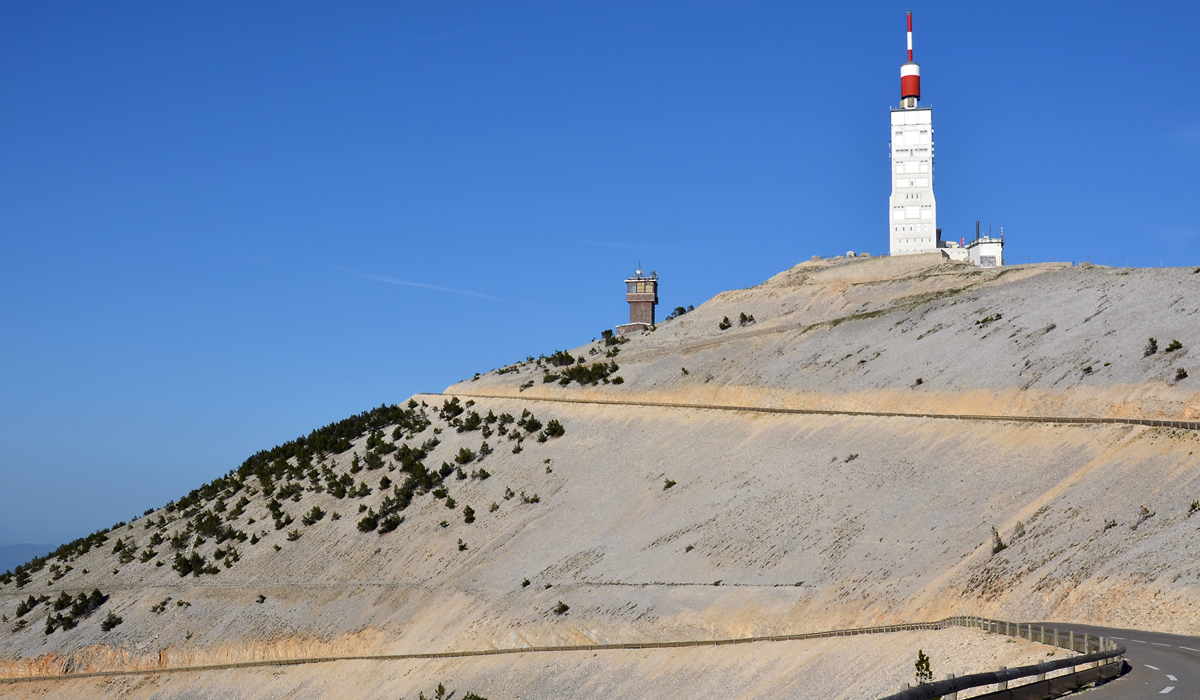
We will start with the obvious one, ‘The Giant of Provence’. The clue is very much in the nickname – this mountain is steeped in cycling folklore and utterly dominates a relatively flat area, making it a beacon for all cycling sadists. With punishing lower slopes and an incredible moonscape peak, Ventoux is one of the most out of this world climbs that you could ever hope to conquer. Not only will you have to contend with the steep slopes, but you’ll also have to time your ascent carefully in order to avoid incredible heat and winds that can exceed 200mph.
Location: Provence, France
Length: 21.3km
Average gradient: 7.1%
Maximum gradient: 12.7%
Elevation gain: 1,519m
Monte Zoncolan
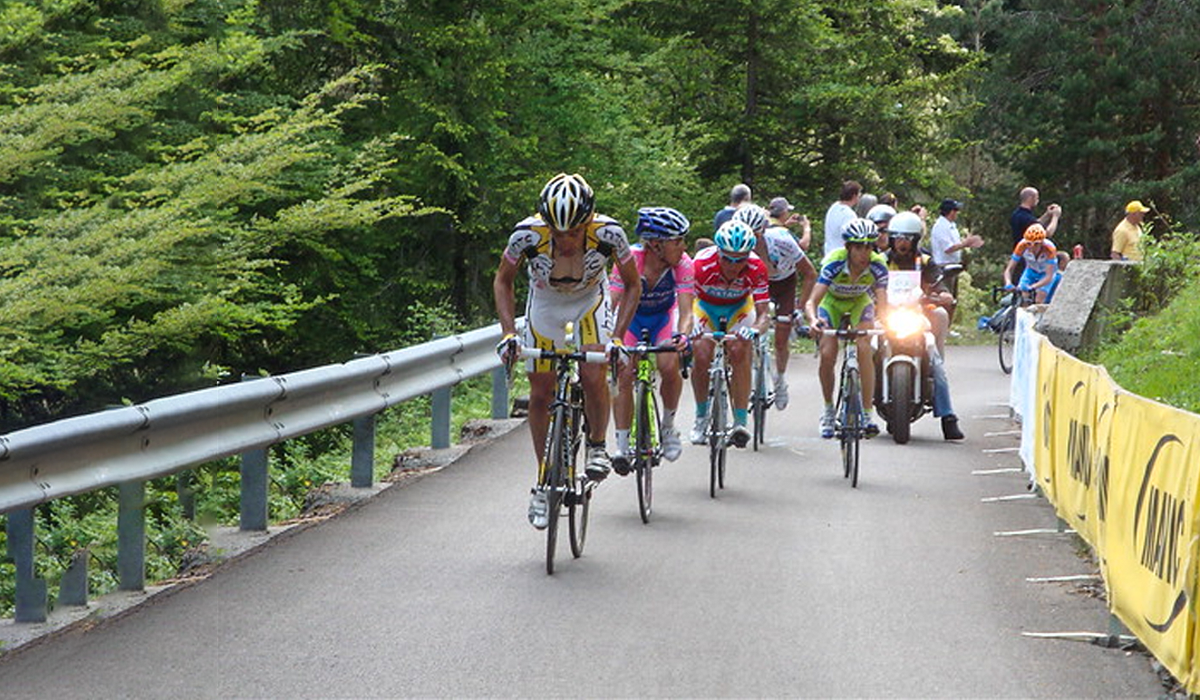
One of the highlights every time it’s used in the Giro d’Italia, the steep, narrow roads of the Monte Zoncolan and its many tunnels make it an icon of European cycling. First used at the Giro in 2003, the climb has quickly become legendary in the race’s history. Annemiek van Vleuten and Chris Froome were the last to conquer the mighty Zoncolan in the Giro Rosa and Giro d’Italia respectively, which gives you an idea of the sort of legs you’ll need to get to the top.
Location: Dolomites, Italy
Length: 7.8km
Average gradient: 13%
Maximum gradient: 19.8%
Elevation gain: 1,049m
Alto de L’Angliru
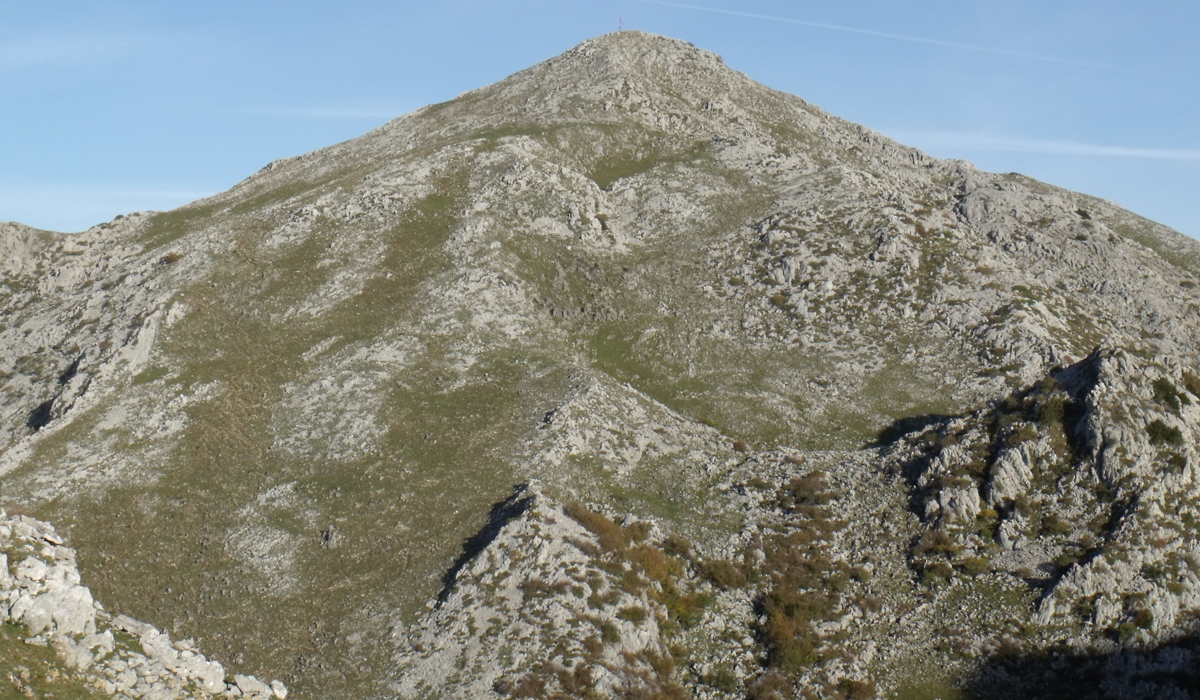
Spain has quite possibly the largest percentage of steep climbs in all of Europe. They are maybe not as picturesque as the Pyrenees or Alps, but the mountains of north-west Spain are arguably the toughest in all of Europe. The Angliru is no different and with punishing sections of up to 21%, it often acts as the General Classification decider at the Vuelta a España.
Location: Asturias, Spain
Length: 13.2km
Average gradient: 9.4%
Maximum gradient: 21.5%
Elevation gain: 1,448m
Passo del Mortirolo
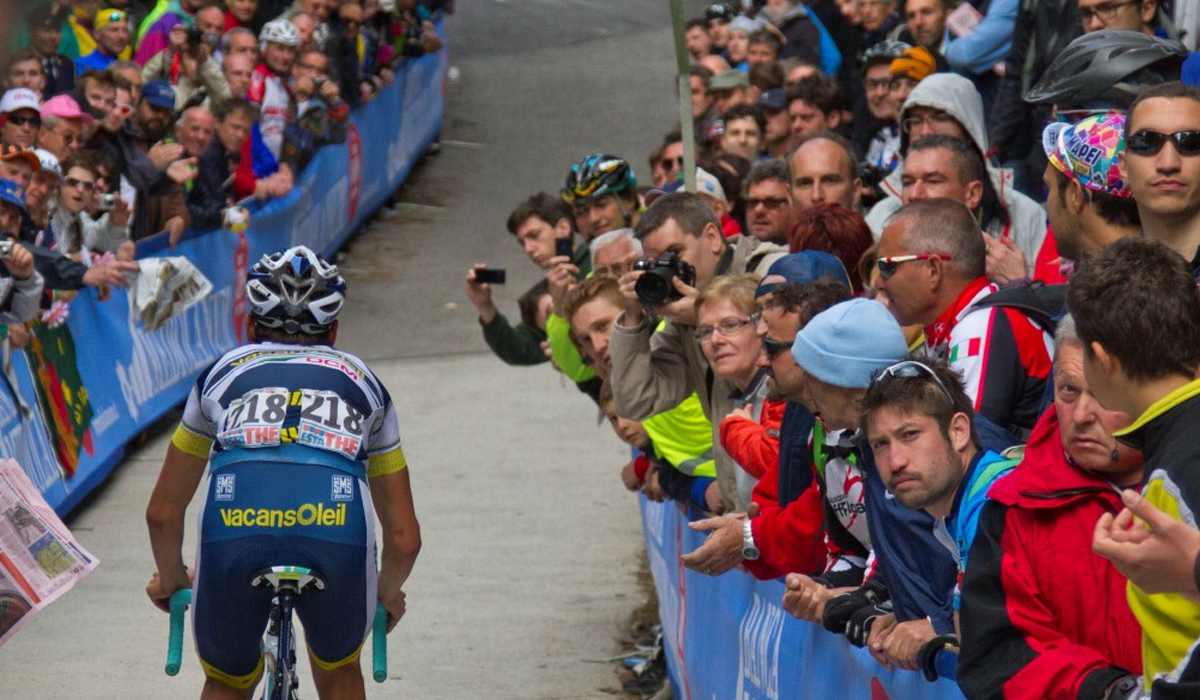
The Passo del Mortirolo is one of the most famous non-summit finishes in the world as it is often used as the midpoint of key Giro Alpine stages. You can tackle the legendary climb in the Gran Fondo Stelvio, where you will be met by sections of up to 30%. Beautiful, steep but rewarding, even Lance Armstrong called it the hardest climb he had ever ridden, and he had quite the helping hand.
Location: Italian Alps
Length: 11.3km
Average gradient: 10.9%
Maximum gradient: 23.6%
Elevation gain: 1,235m
Hardknott Pass

One that is a little closer to home and can be tackled at any time of year is Hardknott Pass in Cumbria. Its greatest insult comes right at the foot of the climb where a cattle grid completely knocks out any of your speed and momentum. You’re then chucked into the thick of it with a section of steep hairpin bends not dissimilar to what you might find on a Dolomite. An exposed climb, it boasts some of Cumbria’s very best views, and you’ll no doubt also be graced by all the weather the county has to offer.
Location: Cumbria, UK
Length: 2.6km
Average gradient: 11.5%
Maximum gradient: 20.5%
Elevation gain: 301m
Passo dello Stelvio

We love the Stelvio Pass at Pedalsure. It’s probably one of our favourite climbs in the world and it’s easy to see why. The 48 hairpin bends are its main attraction and it’s yet another climb steeped in Giro history. Pick your timing carefully though, the road is often made impassable, even during the Giro, by snowstorms and floods.
Location: Italian Alps
Length: 24.1km
Average gradient: 7.6%
Maximum gradient: 11.7%
Elevation gain: 1,829m
Mauna Kea
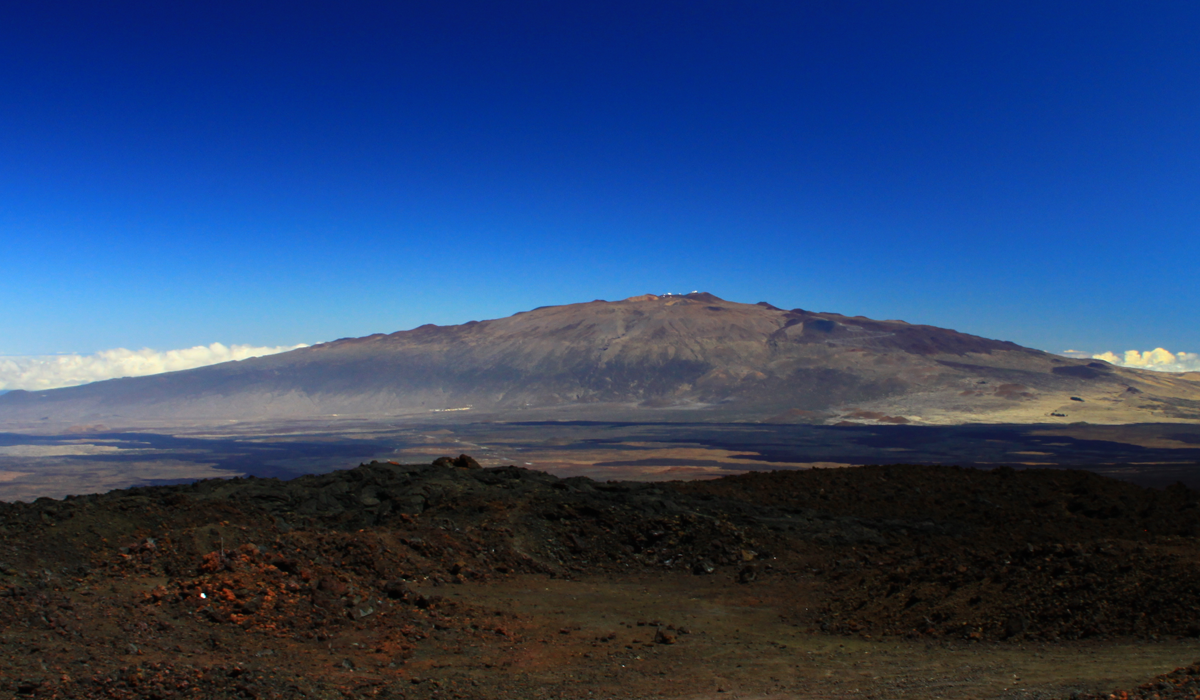
With an elevation gain of 4,018 metres, Mauna Kea is arguably the world’s longest road climb. To tackle the Hawaiian brute, you will have to spend pretty much all day in the saddle as the climbing starts from sea level and doesn’t let up until you crest the volcano’s Mars like summit. The percentages at the top max out at 23.3%, which means Mauna Kea leaves the hardest climbing of the day right at the very end. All that and the sea winds, heat and frequent changes in environment, Mauna Kea is as inhospitable as it is beautiful.
Location: Hawaii
Length: 67.7km
Average gradient: 5.9%
Maximum gradient: 23.3%
Elevation gain: 4,018m
Alto de Letras
Like Mauna Kea, Alto de Letras is monstrously long. On this climb you will get an appreciation as to why riders like Nairo Quintana and Egan Bernal seem so at ease when tackling professional cycling’s highest passes. The height of the mountain is a key factor here so along with the shifting gradients, the conditions and continuous climbing, you will also have to factor in altitude. Just one more thing to think about.
Location: Colombia
Length: 54km
Average gradient: 3.8%
Maximum gradient: 53.7%
Elevation gain: 3,198m
Muro di Sormano

Muro di Sormano translates to ‘Wall of Sormano’ and let us be the ones to tell you, that translation is not far from the truth. Famously, the climb was removed from the Giro di Lombardia three years after its introduction in 1960 after riders complained that the only way they could get up was with a helpful shove from a fan. It was restored to the race in 2012 and thanks to modern gearing, riders no longer require the help of fans. Don’t let that lull you into a false sense of security though, the wall is still pretty much impassable.
Location: Sormano, Italy
Length: 1.6km
Average gradient: 16.6%
Maximum gradient: 20.3%
Elevation gain: 268m
Alto de los Machucos
You may remember Los Machucos as the punishing final climb in stage 13 of last year’s Vuelta a España where Slovenian Tadej Pogačar won his second of three stages. The slopes are so steep that concrete slabs were laid to help vehicles and riders get traction. There is some respite though, the final few kilometres are downhill – a worthy reward for conquering the beast of Cantabria.
Location: Cantabria, Spain
Length: 9.4km
Average gradient: 7.4%
Maximum gradient: 23.1%
Elevation gain: 732m
If you’re planning a future trip to take on one of these monstrous climbs, you might be wondering Does Travel Insurance Cover Cycling? Pedalsure can help you with all your travel insurance needs, so when we’re finally allowed to pack up our bikes and ride in faraway lands, we’ll be here to back you.

